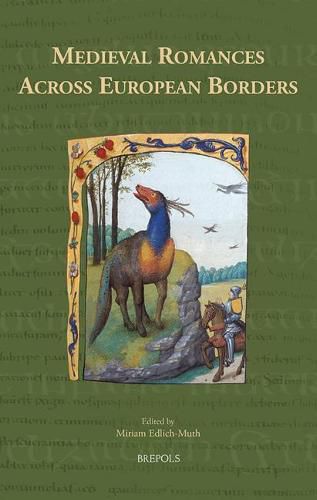Readings Newsletter
Become a Readings Member to make your shopping experience even easier.
Sign in or sign up for free!
You’re not far away from qualifying for FREE standard shipping within Australia
You’ve qualified for FREE standard shipping within Australia
The cart is loading…






They were the bestsellers of their time; in the late medieval period, a number of shorter romances and tales, such as Floire et Blancheflor, Partonopeus de Blois, Valentine and Orson and many others, enjoyed striking popularity across different regions of Europe. This essay collection gathers together contributions from across Europe, to examine the complex processes by which medieval romances were adapted across European borders. By examining how the content, form and broader contextualisation of individual romances were altered by the transition from one region to another, the essays address the role translators, narrators, editors and compilers played in adapting the tales to different cultural and codicological settings. In this context, they discuss not only the shifting plotlines of the tales, but also the points at which the generic features of the texts shift in response to changing cultural codes. In doing so, they raise wider questions concerning the links between genre, manuscript form, cultural assimilation and the popularity of certain romance texts in different cultural communities.
$9.00 standard shipping within Australia
FREE standard shipping within Australia for orders over $100.00
Express & International shipping calculated at checkout
They were the bestsellers of their time; in the late medieval period, a number of shorter romances and tales, such as Floire et Blancheflor, Partonopeus de Blois, Valentine and Orson and many others, enjoyed striking popularity across different regions of Europe. This essay collection gathers together contributions from across Europe, to examine the complex processes by which medieval romances were adapted across European borders. By examining how the content, form and broader contextualisation of individual romances were altered by the transition from one region to another, the essays address the role translators, narrators, editors and compilers played in adapting the tales to different cultural and codicological settings. In this context, they discuss not only the shifting plotlines of the tales, but also the points at which the generic features of the texts shift in response to changing cultural codes. In doing so, they raise wider questions concerning the links between genre, manuscript form, cultural assimilation and the popularity of certain romance texts in different cultural communities.